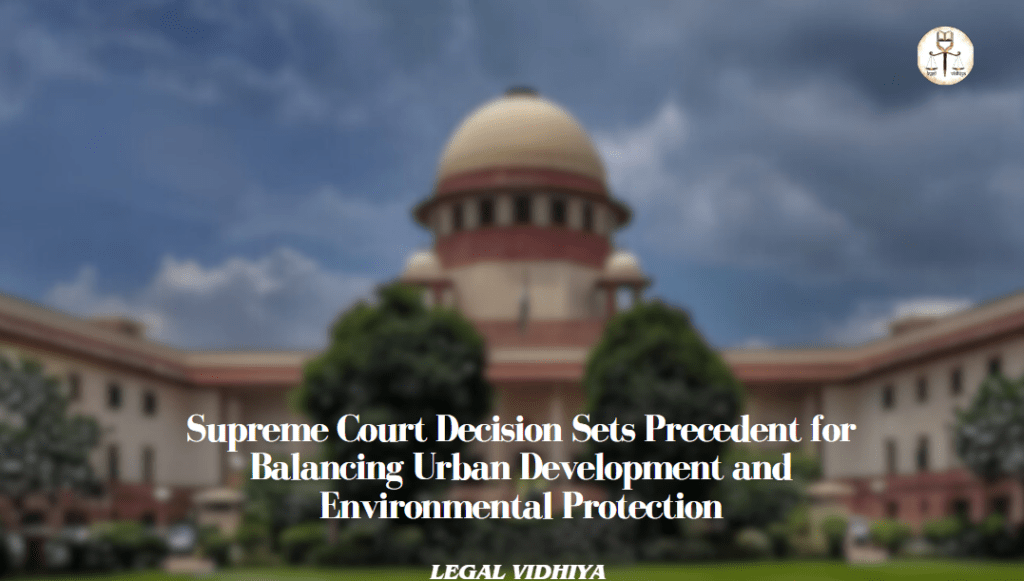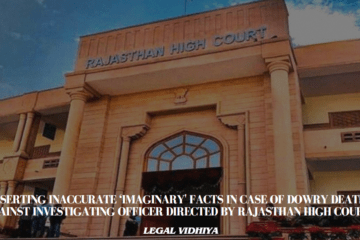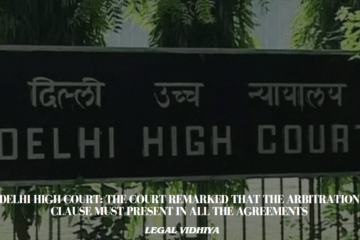
In a landmark ruling, the Supreme Court of India delivered a decisive judgment in the case of Civil Appeal Nos. 5348-5349 of 2019, involving the State of Himachal Pradesh and Yogendera Mohan Sengupta. The case centered on the interpretation of the legislative scheme of the Town and Country Planning (TCP) Act, the nature of functions and powers of the authorities, and the delicate balance between development and environmental conservation.
The case saw extensive submissions from both parties, with the petitioner, Yogendera Mohan Sengupta, raising crucial concerns regarding the adverse impact of haphazard urban development on the environment. The petitioner highlighted the need for stringent measures to address issues such as flood control, protection against landslides, prevention of air and water pollution, and proper disposal of garbage. These concerns were underscored by the petitioner’s reference to a cover story published in the weekly India Today, dated 24-10-2022, titled “Bengaluru — How to Ruin India’s Best City,” which depicted the detrimental effects of unregulated urban development on the city of Bengaluru. The article detailed the city’s struggle with heavy rains, flooding, water shortages, and chaotic urban infrastructure, painting a grim picture of the consequences of unchecked urbanization.
The Supreme Court’s judgment delved into the legislative framework of the TCP Act, particularly focusing on sections such as 15, 15-A, 16, and 17, which delineate the process of land use mapping, freezing of land use, and interim development plans. The Court emphasized the significance of regulations for façade control, sloping roof conformity to hill architecture, and environmental considerations within the Act. Furthermore, the Court acknowledged the critical role of the Environmental Impact Assessment (EIA) process in evaluating the potential environmental repercussions of developmental activities, emphasizing the need for integrating environmental concerns into the planning process.
The ruling also addressed the implications of the National Green Tribunal’s (NGT) orders on the jurisdiction of the High Court in the matter, providing clarity on the division of powers and the extent of authority vested in the respective judicial bodies.
The judgment has far-reaching implications, setting a precedent for the harmonious coexistence of urban development and environmental preservation. It underscores the imperative of incorporating environmental considerations into the planning and execution of developmental projects, thereby paving the way for sustainable and ecologically responsible urban growth.
The Supreme Court’s decision serves as a clarion call for policymakers, legislators, and urban planners to prioritize environmental sustainability while charting the course for urban development. It underscores the need for a holistic approach that balances the imperatives of progress with the preservation of the natural environment, heralding a new era of conscientious and sustainable urban development in India.
CASE : THE STATE OF HIMACHAL PRADESH AND OTHERS …APPELLANT(S)
VERSUS
YOGENDERA MOHAN SENGUPTA AND ANOTHER …RESPONDENT(S)
Name : Vashni Angel . v , BBA . LLB. (H), College : Amity University , Noida , Intern under Legal Vidhiya
Disclaimer: The materials provided herein are intended solely for informational purposes. Accessing or using the site or the materials does not establish an attorney-client relationship. The information presented on this site is not to be construed as legal or professional advice, and it should not be relied upon for such purposes or used as a substitute for advice from a licensed attorney in your state. Additionally, the viewpoint presented by the author is of a personal nature.




0 Comments